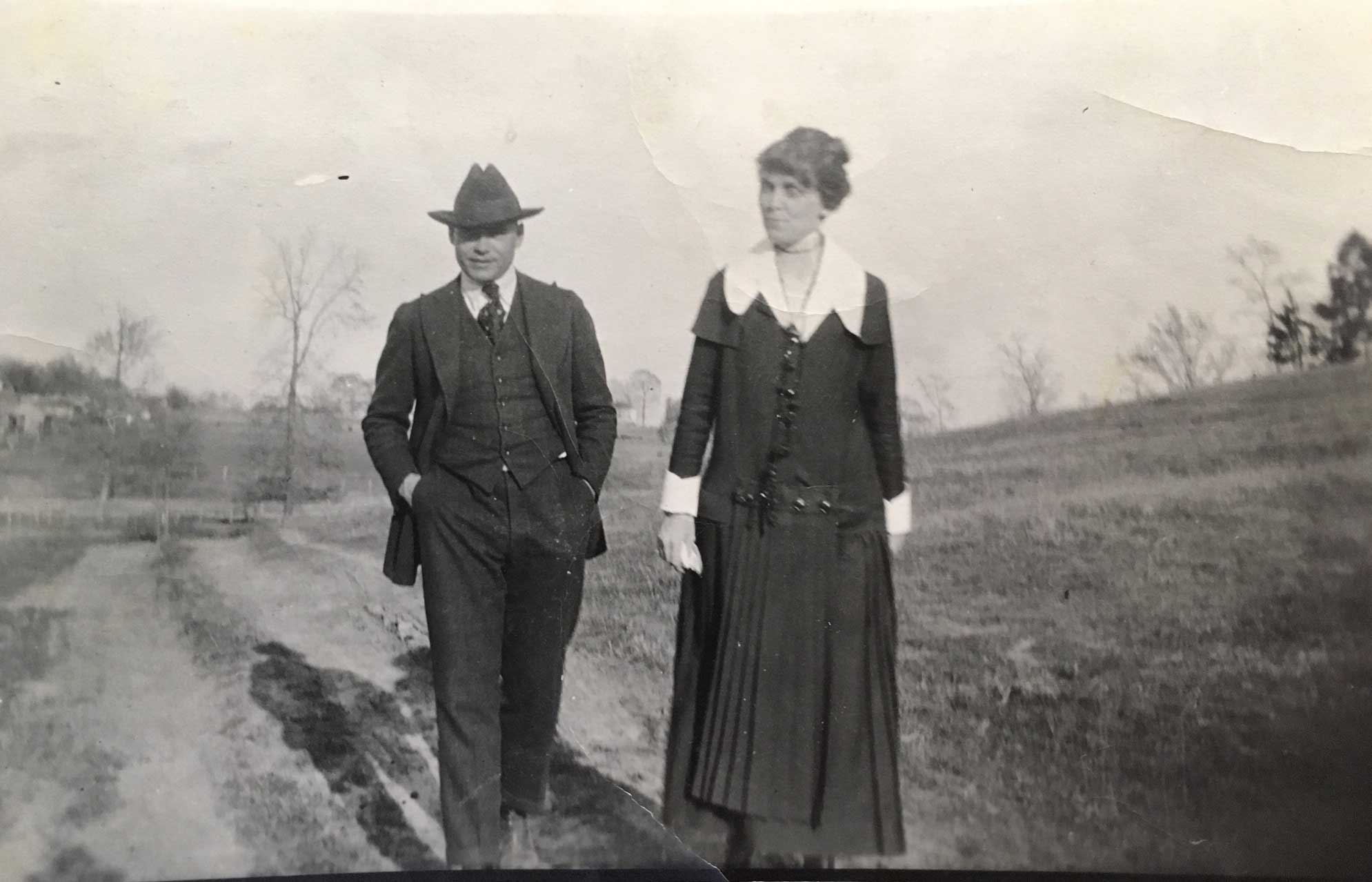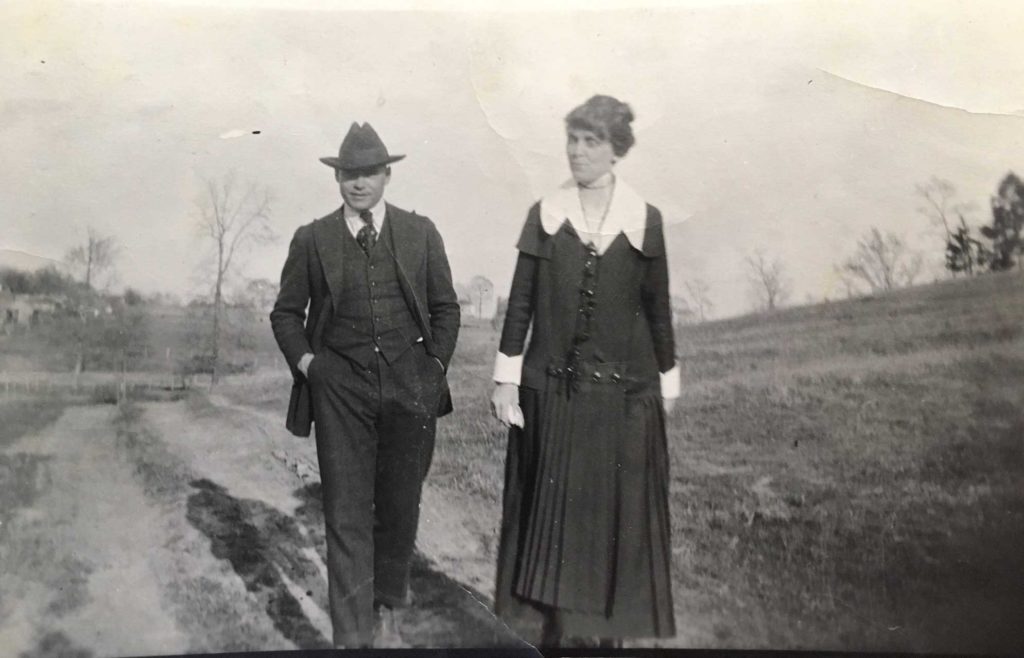By Philip Montgomery
Head of McGovern Historical Center
Yesterday, Colonel William B. Bates and his role in moving Baylor College of Medicine from Dallas to Houston came up in a conversation with Bryant Boutwell, the John P. McGovern Professor of Oslerian Medicine, at the UT Health Science Center-Houston.

Listening to Boutwell explain the deal making piqued my curiosity about Bates, so I started digging through his papers and photographs. I also scanned N. Don Macon’s interview of Bates that was published as “South from Flower Mountain: a conversation with William B. Bates.”
Macon captured the Bates interview on video tape. Macon interviewed many of the leading figures responsible for the creation of the Texas Medical Center. The McGovern Historical Center has a collection of his video interviews, some of which have been digitized. In Macon’s interview, Bates speaks with an economy of words in an East Texas accent.
Bates had an enormous impact on the growth of Houston from the moment he arrived in the city in 1923. By 1925, he was a board member of the Houston Independent School District. He was chairman of the board when the University of Houston was established. He served on the advisory board of the Bank of the Southwest, now known as Amegy Bank of Texas. In 1939, he became chair of the board of trustees of the M.D. Anderson Foundation. In that role, he contributed to and assumed a position of leadership for the creation of the Texas Medical Center.
Most of the images I see of Colonel William B. Bates show a portly, elderly, tight lipped man who never smiles. This photo shows a different and rare side of Bates. He has a rakish smile and walks with a bit of swagger. I like to think that his future wife Mary took this picture, which is why he has that smile on his face. She wrote on the back of the photo to describe the scene and signed her name, so there is a good chance she was present even if she was not the photographer. Her cousin Virgie probably had the role of chaperone.
Bates served in the U.S. Army from 1917 to 1919 during World War I. He was wounded three times, served in the front lines and briefly describes his first horrendous combat experience to Macon. Eventually, he was promoted to Captain and served in the Army of Occupation after the war. Dan Moody slapped the title of “colonel” on Bates when Moody ran for governor of Texas.
After the war and around the time this photo was taken, Bates was elected district attorney for the old Second Judicial District of Texas, which included Angelina, Cherokee, and Nacogdoches counties during the early years of Prohibition. The Ku Klux Klan was at the height of its power at that time. According to Bates in his interview with Macon, the Klan came to Nacogdoches to organize.
“The Ku Klux Klan was a quite a force then,” Bates told Macon. “They almost ran Houston in those days. They were strong in several counties up here in East Texas, including Nacogdoches County. I was against them, fought them.”
“They were always mysterious,” Bates said, “never let you know who they were.” A Klan leader met with Bates and the mayor of Nacogdoches Judge Middlebrook to offer the services of the Klan to clean up the “undesirables.”
Bates quoted the Klansman as saying “… if somebody ought to be tended to, this Center [Texas] group will come and take care of him, take him out and ride him on a rail.”
Bates and the Mayor told the Klansman they did not approve and would “resist it with everything we had.” After that Bates became a marked enemy of the Ku Klux Klan. He ran for re-election as District Attorney, but this time the Klan opposed him and he was defeated by about 125 votes in every country in the district where he ran for office. After that defeat, Bates moved on and joined the law firm of Fulbright and Crooker in Houston in 1923.
A lot happened to Bates in the few years from 1919 to 1923. The photo would have been taken in the middle of this compressed time frame. He probably was still feeling his war wounds, he fell in love, married, ran for election as district attorney, enforced prohibition, faced off against the Ku Klux Klan, lost an election and moved to Houston.
His career was just getting started, and his involvement with Baylor College of Medicine’s move from Dallas to Houston is another story.
Colonel Bates: enemy of the Klan
